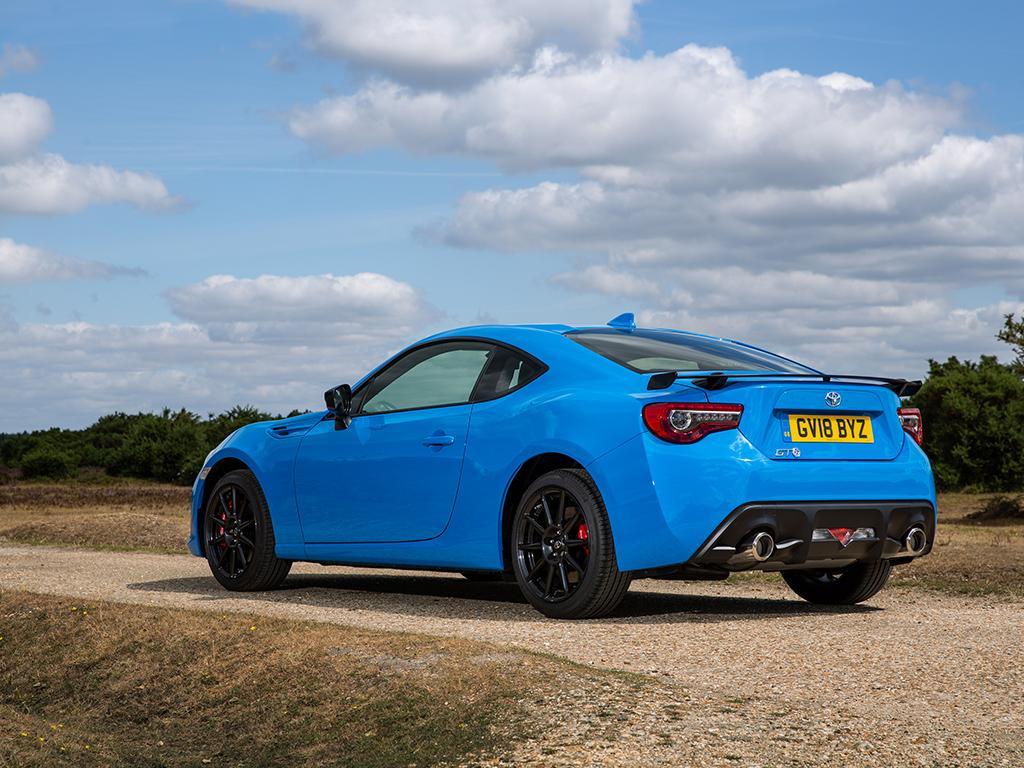Toyota plots 'GR86' coupe from TNGA platform
GT86 replacement said to be in the pipeline, but will likely get turbocharged engine - and lose its bespoke architecture

While confirmation of another Toyota GT86/Subaru BRZ emerged a few months ago, little was known about what form those cars might take. Handily, Autocar is claiming to have the inside line on what the next Toyobaru will be.
Pretty damn different seems to be the most obvious takeaway, a significant departure from what has come before. Making the Toyota a GR (Gazoo Racing) 86 is the most obvious change, aligning the coupe more directly with the GR Supra and Yaris, but there are also going to be big alterations underneath. And those who enjoyed the 86/BRZ's back-to-basics purity might not like what's been suggested...
The GR86 will sit on a whole new platform, for starters; the original 2012 car was built on Subaru developed architecture, but as the maker's line-up no longer supports RWD, Autocar reckons the GR is likely to use an evolution of Toyota's TNGA platform. Being modular makes it adaptable to lots of different installations, though it'll need to be pretty flexible here, as the GA-B, GA-C and GA-K evolutions of TNGA only support front- and all-wheel drive. GA-L offers up a longitudinal, rear-drive configuration, but only for cars like the Lexus LC and LS. Could that be drastically downsized? Could there be an all-wheel drive BRZ and 86?

And that's just for starters. While still a boxer four, the cars are likely to use a derivative of the 2.4 used in Subaru's Legacy, Outback and Ascent. At its most potent that makes 260hp, so plenty more than before - presumably with a noticeable increase in torque, too. Though what might that do for throttle response, weight distribution and so on? Again, nothing is yet confirmed, but the implication is of a markedly changed end result.
Still, the likelihood of a higher quality cabin should appease all fans of the 86/BRZ twins, albeit caveated once more: more luxury might well mean more weight. That said, the 1,200kg Toyobaru didn't exactly find favour with the market at launch, so perhaps a change to a more accommodating style of coupe will bring added commercial success.
A lot is speculative for the moment then, in case it hadn't been noted, but with a launch date rumoured to be next year there should be more coming soon. One thing is for certain, though: a GR86 is going to be a heck of a lot different to a GT86. More news when we have it...


I'm still curious about why AWD platforms (especially 21st century modular ones) can't be adapted to run RWD too, but that's more of a general question as I've seen it thrown around several times in relation to Subaru. They might not want to make a RWD version, but I don't see what would physically prevent it. Anyone know the answer?
So really, the converse is true!
Regarding your question - the current Hachiroku is largely a chopped-up old Impreza underneath. The front suspension is basically reversed (for better steering geometry) and the engine pushed-back to where the driveshafts ought to be. That is the theory, but in practice it uses a driveline related to that in the S2000 and RX-7 and most carried-over bits are modified in some way. There is ultimately very little in common with current Imprezas, much in the same way the X-1/9 ended up with little in common with the 128, other than its engine and chassis code.
So it can be regarded as a 'standalone' plank, even if it started life as not one.
I think the same logic would apply to utilising a big TGNA plank; it'd be too big and heavy (having too much RWD torque capacity/refinement for big Lexuses) for a small, light sports car, so you'd end up throwing most of it away again.
There was an older rumour that they'd try to align the 86 with the MX-5 and utilise that plank, which would probably make more sense.
But Subaru's selling point has been 'symmetric AWD' for a while; it's literally designed for longitudinal engines. If Subaru's is truly a modular system (in the same way as TNGA - look at how Toyota created the Yaris GR platform, combining TNGA-B with TNGA-C!), how difficult can it be to produce a smaller version if it were needed? Is it more accurate to say it's too expensive? Or is it just modular in a more 20th century sense?
Gassing Station | General Gassing | Top of Page | What's New | My Stuff



